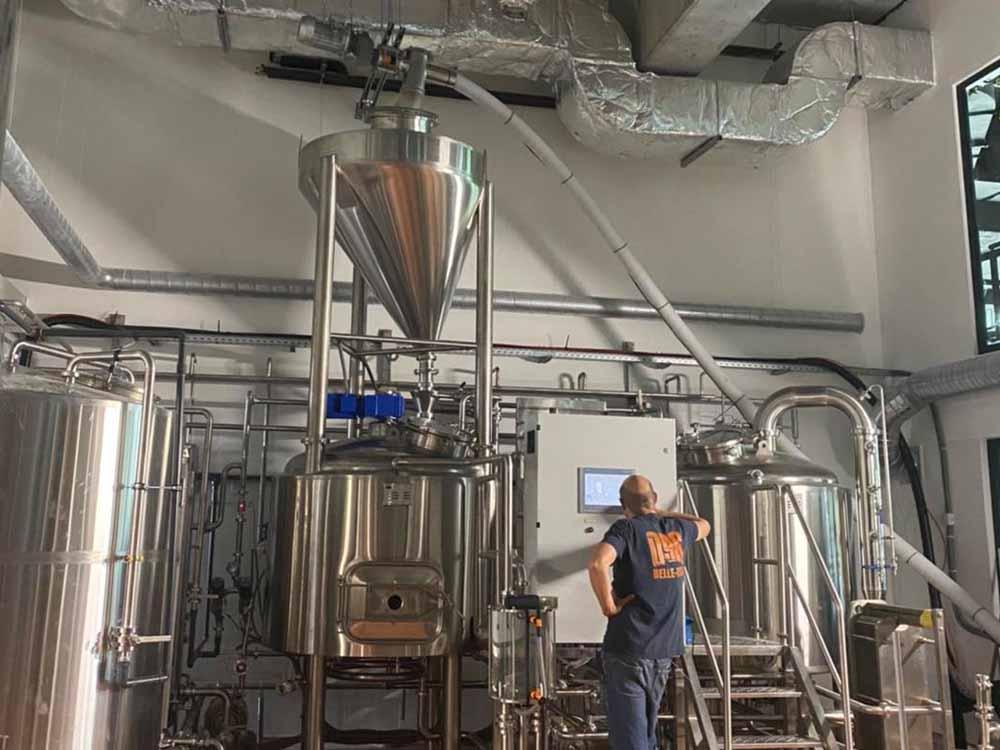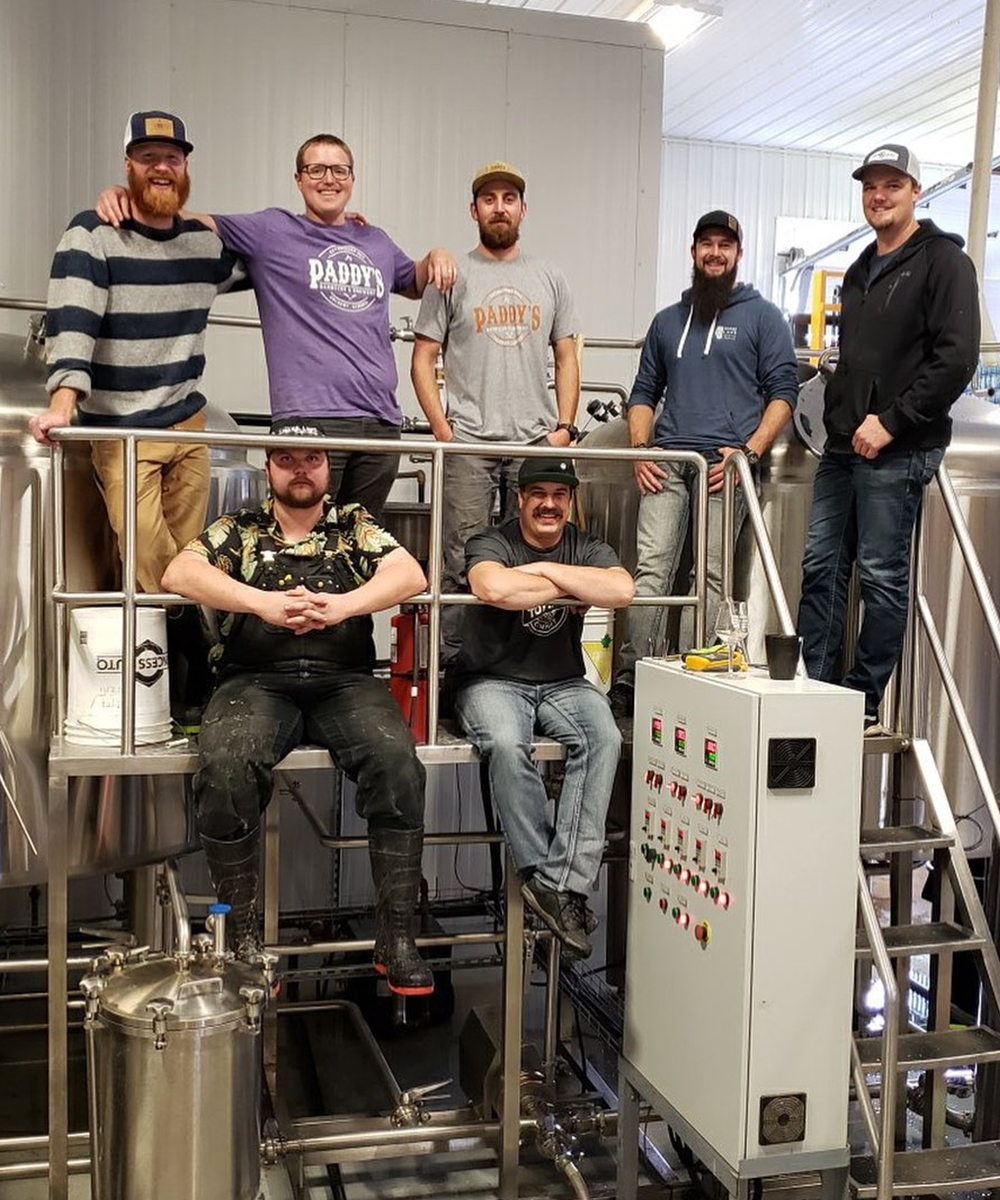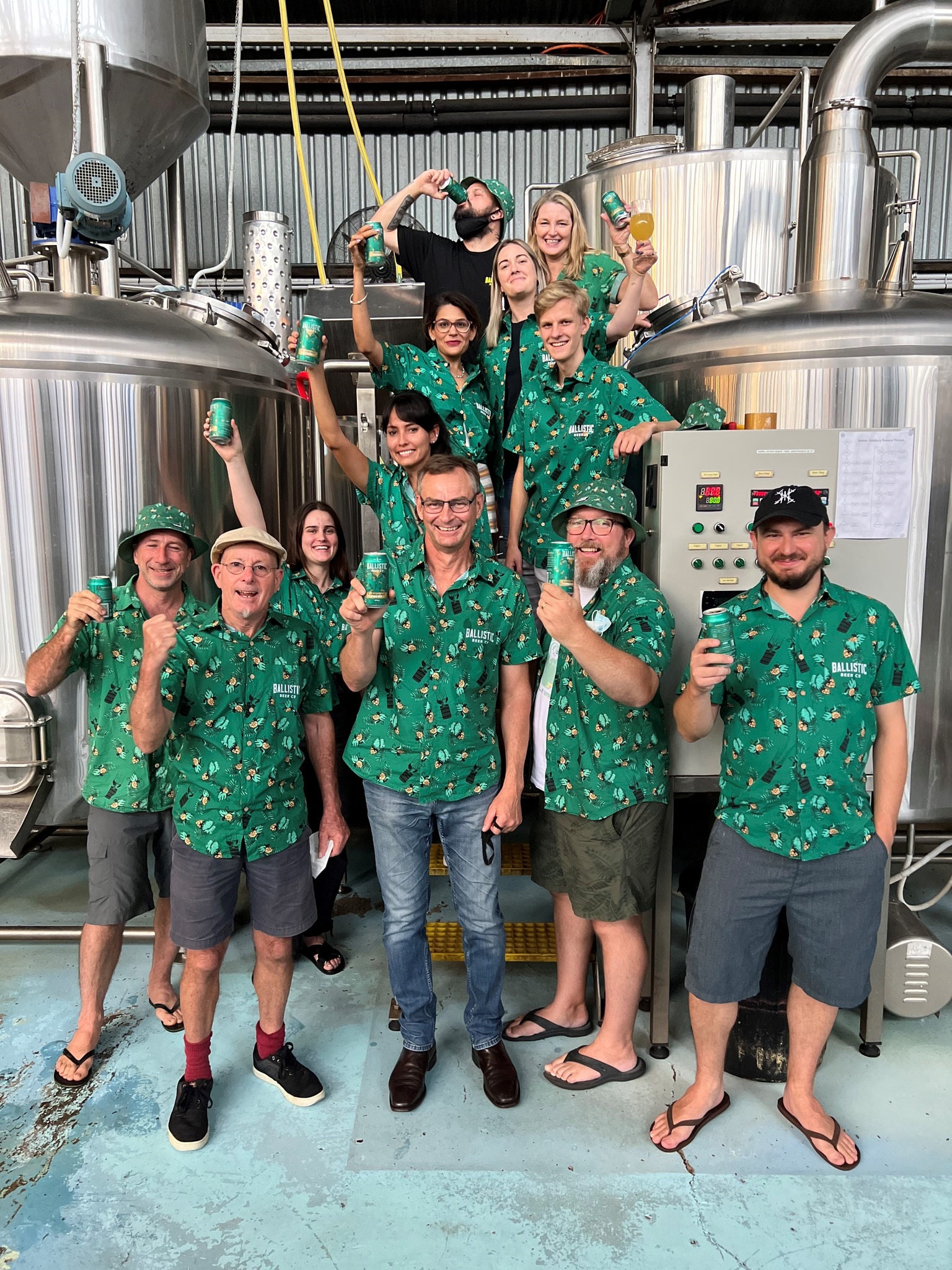What Is Batch Sparging?
Batch sparging is, for the most part, strictly a homebrewing method. However, batch sparging is likely a descendant of “parti-gyle” mashing, which was a technique popular in England during the 19th century. Parti-gyle brewing is the process of completely draining the mash and using those runnings for one beer, while using the sparge runnings for other beers. Batch sparge uses the same general method of completely draining the mash before sparging, but all the runnings are combined in the boil kettle to be transformed into one beer.
Homebrewers have taken a liking to batch sparging because it requires minimal equipment to conduct and takes considerably less time, compared to fly sparging. All you need in addition to your extract equipment is a cooler converted into a mashtun and an extra pot to heat up the sparge water.
.jpg)
After the mash is complete, collect a few pitchers of wort and slowly add it back to the mash tun to promote a settled grain bed that will act as a wort filter. Once the bed is settled, lauter the wort entirely into the boil kettle, shut the valve of the mash tun, add in the sparge water and stir. After 10 minutes or so, collect all the sparge into the same boil kettle as the mash wort. Some people do one sparge step, others do multiple.
As mentioned in the fly sparging section, batch sparging is said to have lower efficiency than continuous sparging, but for homebrewers making 5-15 gallon batches, it really isn’t much of a difference to grab some extra grain. Some homebrewers would also dispute that the difference even exists. Batch sparging can also fall victim to stuck sparge, especially when gummy malts like wheat are involved. Using these techniques to avoid or fix a stuck sparge can remedy the headache.










Get A Quote